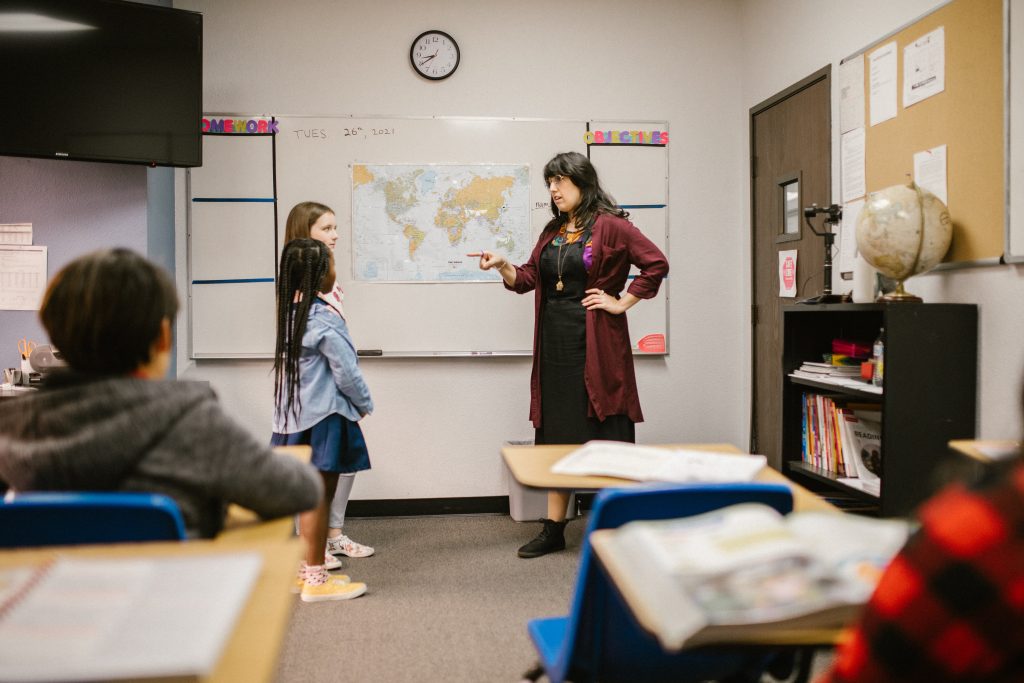Module 3: Developing Your Intercultural Skills
Self-Assessment
About This Module
This module focused on helping you identify further strategies and develop intercultural skills that will continue to expand as you become an interculturally-minded individual. Key components in this module highlighted the importance of continuous intercultural development fostering transferable competencies. The content concentrated on the skills of listening and observing to practice taking information while avoiding relying on preconceptions. You practiced skills associated with critical thinking and evaluating as cognitive strategies to create meaning and enhance understanding of intercultural behaviours and events. Additionally, you explored strategies for connecting and communicating with others and developing empathy as skills to support your engagement across contexts.
About the Self-Assessment
The following self-assessment will help you apply skills associated with observation, listening, thinking critically, and evaluating; it will help you put into practice what you have learned about cultural empathy and relationship-building. You will be able to identify ways to interact with cultural others by paying attention to how to communicate to minimize misunderstandings in addition to demonstrating your understanding of intercultural competencies and identifying strategies to continue developing skills.
As you prepare to do this self-assessment, keep in mind the following:
- Engage with the self-assessment without rushing, take time to think about the questions and situations.
- Ensure you answer all questions to maximize your learning process and allow you to think more critically about issues and situations.
- Instead of a mark, you will be able to see feedback (sample responses) for each item that will support your understanding of the content.
- Enjoy completing your self-assessment! It is a great way to summarize what you learned in this module.
Self-Assessment
Part 1: Understanding Concepts
Read the following statements and match them with the concept they are describing [7 points].
Part 2: Demonstrating Understanding
Answer the following questions related to the content you explored in this module and provide examples as required to demonstrate your understanding [15 points].
Part 3: Understanding Perspectives
Decide whether the following statements are True or False [10 points].
Part 4: Making Changes
Explore the images and read the descriptions provided for each one. Identify the issues with each description and indicate how it could be changed to be fairer, more accurate, and more objective. [12 points]
 Sparrow, J. (2020).
Sparrow, J. (2020).
Description: Young Muslim ethnic couple shopping at a supermarket.
 RODNAE Productions.
RODNAE Productions.
Description: Teacher scolding a Black girl in front of the class.
 Pixabay. (2016).
Pixabay. (2016).
Description: Buddhist monks in an Asian country parading on the street while people clap.
 Green, A. (2020).
Green, A. (2020).
Description: An irritated Black woman talking and gesturing.
Part 5: Practical Applications
Read the following situations and answer the question provided in each one of them. Make sure to rely on different skills and strategies that may help in each case. [16 points]
Media Attributions
Sparrow, J. (2020). Happy Couple Buying Groceries. Pexels. https://www.pexels.com/photo/happy-couple-buying-groceries-4199043/
RODNAE Productions. (2021). Two Girls Getting Scolded by Their Teacher. Pexels. https://www.pexels.com/photo/two-girls-getting-scolded-by-their-teacher-6936403/
Pixabay. (2016). People Gathered Outside. Pexels. https://www.pexels.com/photo/adult-bangkok-belief-buddha-260898/
Green, A. (2020). Irritated black woman gesturing and talking emotionally. Pexels. https://www.pexels.com/photo/irritated-black-woman-gesturing-and-talking-emotionally-5700201/

